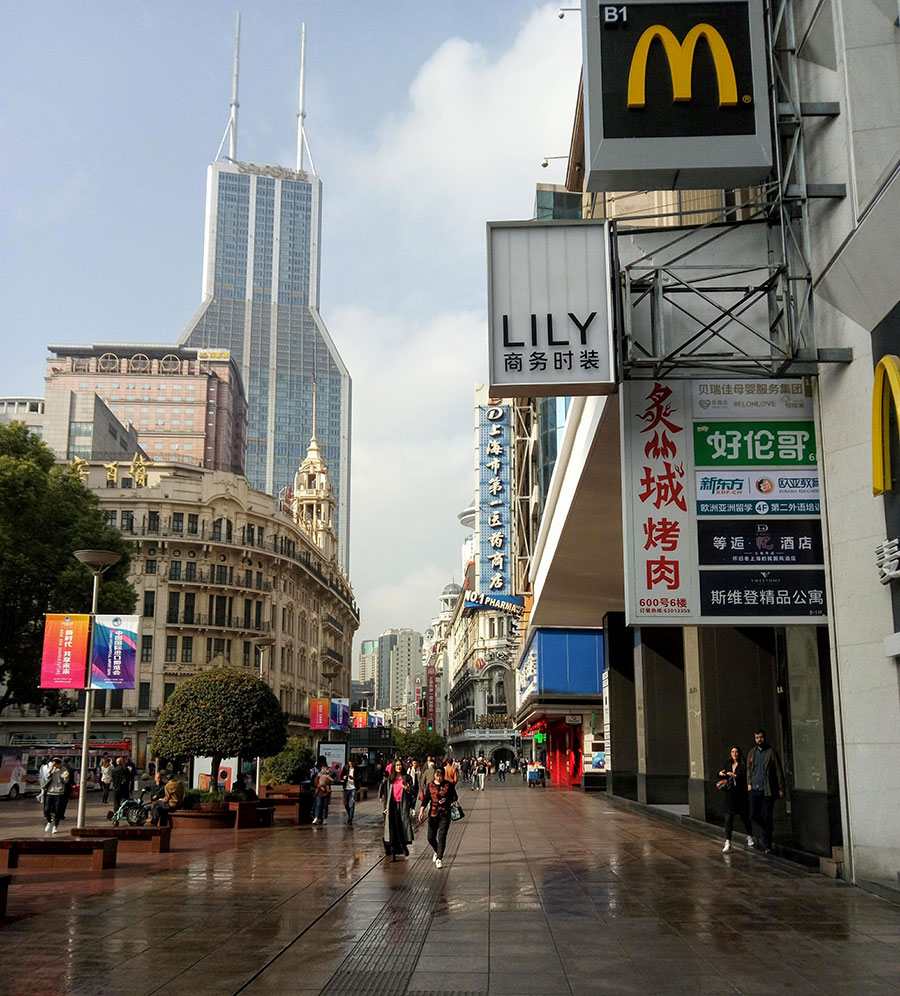COVID-19 has had an impact on the Chinese economy, but China looks set for an average economic growth of 5.7% a year from 2021-25 before slowing to 4.5% a year from 2026-30, according to the Centre for Economics and Business Research (CEBR).
With the Chinese middle class forecast to reach 700 million people in 2020 and China being the second largest import country in the world, the country continues to be one of the most attractive markets for exporters from Australia and the rest of the world.


